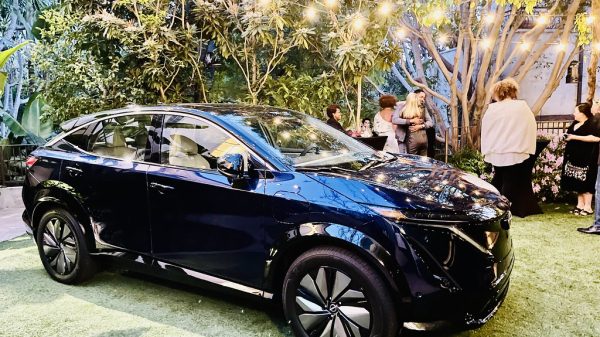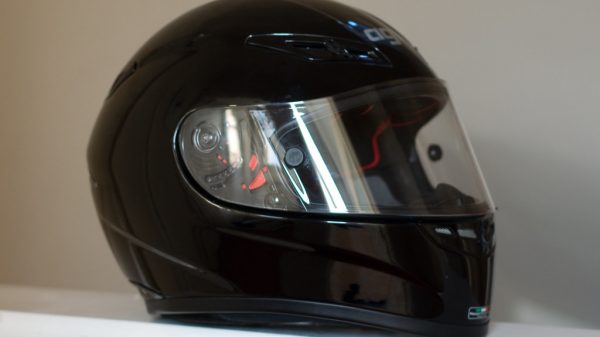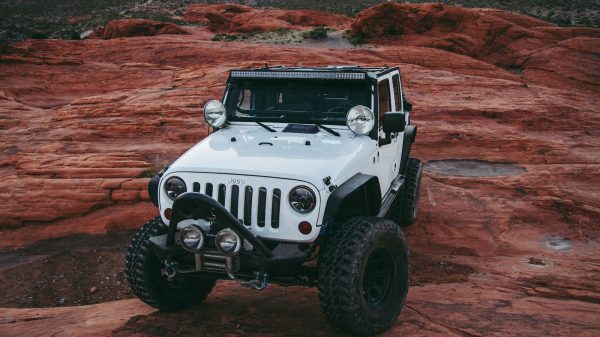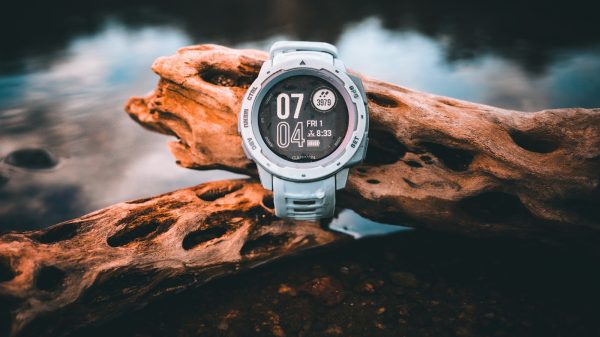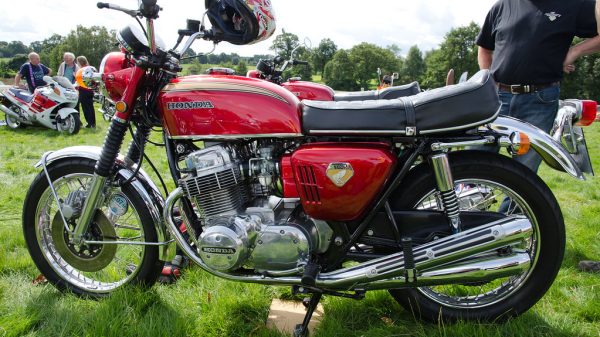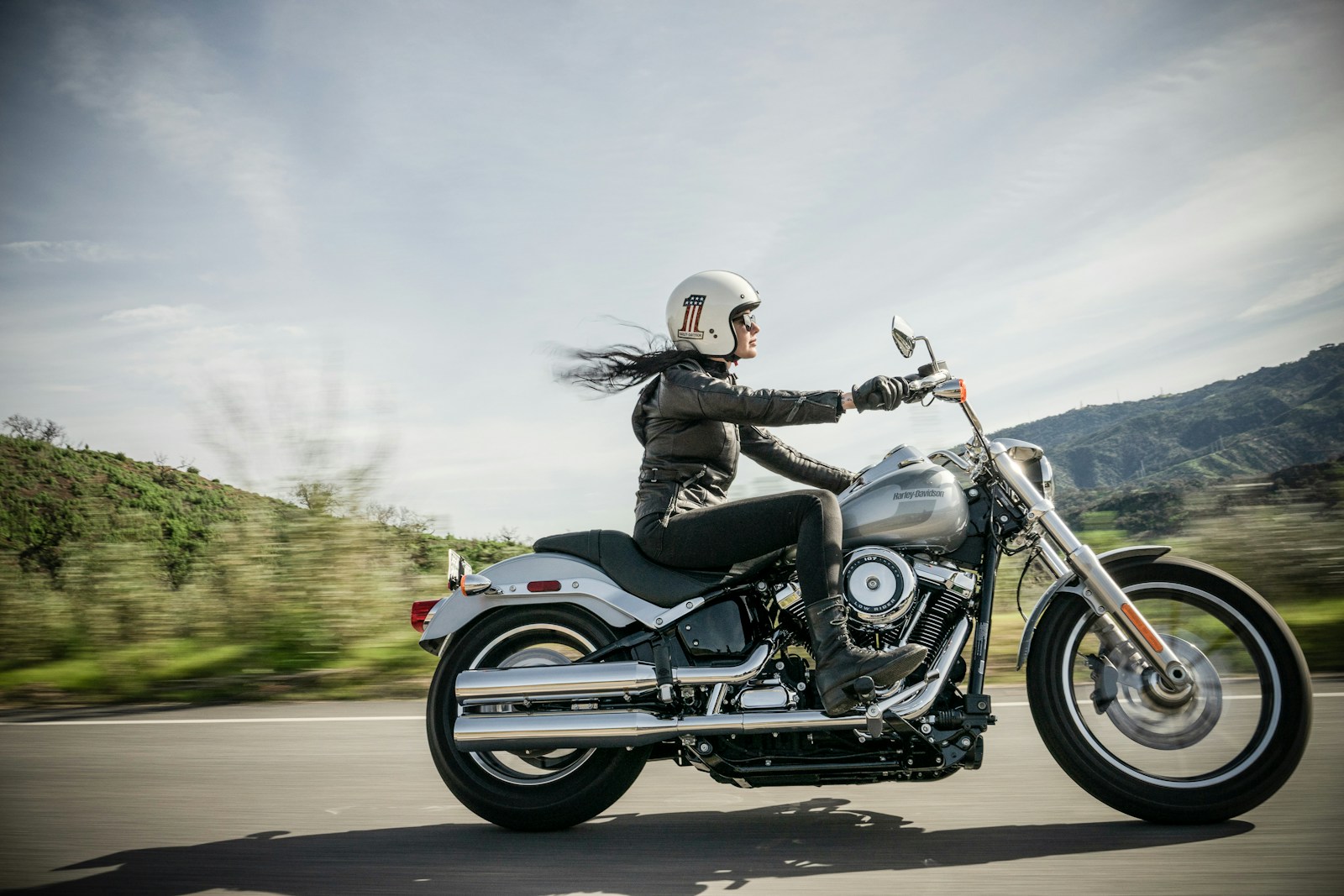Riding a motorcycle can be thrilling but also nerve-wracking for beginners. Did you know that turning left is generally easier than turning right on a bike? This article shares practical and actionable tips to make your rides safer and more enjoyable.
Ride Defensively
Stay alert and watch for hazards at all times. Potholes, uneven road surfaces, and slippery conditions can appear suddenly. Keep a safe distance from other vehicles—especially when drivers might not see you.
Defensive riding involves clutch and throttle control, braking skills, turning techniques, and looking ahead to avoid obstacles.
Avoid the long lines and shop online!
-> Shop the Best Deals on Amazon <-
As an Amazon Associate, we earn from qualifying purchases.
Motorcycle accidents often happen because other vehicles make unexpected moves like left-hand turns or sudden stops. Use your brakes smoothly to avoid skids and maintain balance through corners by leaning the bike correctly.
Lane-splitting is controversial; even if legal in your state, proceed with caution as car drivers may not anticipate your presence in split lanes.
Complete a Basic Safety Check Before Riding
Check your lights, brake lights, and indicators. Make sure they work properly to keep you visible on the road. Look at the fuel gauge to avoid running out of gas mid-ride. Confirm that all components function correctly.
Inspect the hydraulic clutches and master cylinders for any leaks or wear. Test the brake lever to ensure it responds effectively; this can prevent accidents. Check tire pressure and tread depth for good traction, especially in wet weather conditions.
Avoid the long lines and shop online!
-> Shop the Best Deals on Amazon <-
As an Amazon Associate, we earn from qualifying purchases.
Check the Weather Conditions
Always watch the weather forecast before hopping on your bike. Different seasons bring different challenges for bikers. In summer, be ready for sudden rain showers and blazing sun that can overheat both you and your motorbike.
Winter riding demands extra caution—snow and ice make roads slippery, requiring slower speeds and more careful handling of the handlebars.
In adverse weather conditions, adjust your riding style accordingly. Rainy days might need reduced speed to avoid skidding on wet surfaces; clear but cold days demand layered clothing under quality motorcycle gear to prevent chill during rides.
Avoid the long lines and shop online!
-> Shop the Best Deals on Amazon <-
As an Amazon Associate, we earn from qualifying purchases.
Always take into account how changes in visibility from fog or heavy rain affect other drivers—ride defensively to minimize personal injury risk while ensuring safety.
Get to Know Your Motorbike
Different motorcycles have unique handling characteristics. Start by familiarizing yourself with your bike’s maintenance needs. Regularly check the oil, tires, and brakes to keep everything running smoothly.
Understanding these basics helps prevent unexpected issues on the road.
Practice slow-speed maneuvers in an empty parking lot or open space. This builds confidence and control over your motorbike. Knowing how it reacts at different speeds makes riding much safer—and more fun!
Invest in Quality Motorcycle Gear
Good motorcycle gear can save your life. A high-quality helmet is essential; Anthony recommends the Shoei X-Spirit, known for its safety credentials and comfortable fit. Never skimp on a helmet—your head deserves the best protection.
Boots matter too. Choose ones with proper armor placement, waterproofing features, and CE certification to keep your feet safe under all conditions.
Spending around £500-£600 may seem like a lot at first, but it’s worth every penny for what you get in return: safety and peace of mind while riding bikes. Don’t forget about gloves and jackets that offer both comfort and durability—they shield you against wind and debris.
Good gear not only keeps you safe on various types of motorcycles but also makes your ride more enjoyable!
Practice Makes Perfect
Practice riding your motorcycle frequently to get better. Start in a safe space like a parking lot. Doing this allows you to focus on basic skills without traffic distractions. Regular practice makes handling, turning, and braking smoother over time.
Join advanced training schools for more learning opportunities. These schools offer lessons beyond the basics taught at motorbike tests. The more you ride in different conditions, the better you’ll understand how to handle various scenarios confidently.
Take deep breaths if you feel nervous before each ride… it helps build confidence!
Remember the Rules of the Road
Stay updated with the Highway Code. Keep an eye on speed limits, road signs, and traffic signals at all times. Always use your indicators to signal turns or lane changes. Avoid riding in blind spots of larger vehicles to reduce collision risks.
Never take unnecessary risks like weaving through traffic or running red lights.
Trust your gut feelings—if something feels off, don’t ride. Riding recklessly might seem thrilling but could lead to severe consequences. Find a safe place away from public roads if you want to exercise those urges.
Improving riding skills is crucial; don’t rely solely on technology. Remember, safety first!
Leave Space When Following Vehicles
Leave enough space when riding behind other vehicles. This gives you better visibility and more time to react if the vehicle in front stops suddenly. Tailgating is dangerous and can lead to accidents and collisions.
For motorcyclists, maintaining a safe distance is even more crucial since motorcycles have less protection than cars.
A good rule of thumb is to keep at least a two-second gap between you and the vehicle ahead. If the weather is bad or the roads are wet, increase this gap for safety. This habit can save lives by allowing extra room to slow down or maneuver around obstacles.
Always scan for hazards like potholes or debris that might be hidden by larger vehicles too close ahead!
Position Yourself Wisely
Stay visible on the road by positioning yourself wisely. Be cautious at intersections; they are common spots for accidents. Place your motorcycle where other drivers can see you easily.
Use the car ahead to increase your line of sight, allowing you to anticipate any sudden stops or obstacles.
Improve cornering by optimizing lane position—this helps maintain balance and control. Ride in a part of the lane that maximizes visibility around bends and curves. It’s also smart to adjust your position based on traffic flow and weather conditions.
Doing this enhances safety and makes rides smoother!
Stay Calm and Focused
Gripping the petrol tank with your knees can make a big difference. This lightens the load on the handlebars, making it easier to steer and control your motorbike. Tank grips can help you get a better hold with your knees, especially during long rides.
Deep breathing helps manage stress and keep anxiety at bay. Practicing calmness in safe settings builds confidence for real-world riding. Staying relaxed allows you to make smarter choices on the road, reducing risks and improving overall safety.



